From Lab to Production: Scaling Up with Vacuum Emulsifier Homogenizer Mixers
Jiangsu GangBen Mixer Manufacturer specializes in packaging machinery research and development, design, manufacturing. In order to provide customers with better products and services, we always take the market demand as the driving force and basis for continuous innovation, and make solemn commitments to the market and society with professional technical design.The use of a vacuum emulsifier homogenizer is a key step from the laboratory to the scale of production. These devices not only meet the precise requirements of small-scale laboratory tests, but also achieve efficient and stable performance on the production line. Here are some key points and recommendations for using a vacuum emulsion homogenizer from the laboratory to production scale:
1. Laboratory stage
Equipment selection:
In the laboratory stage, it is crucial to select a vacuum emulsion homogenizer with high accuracy and flexibility. These devices typically have adjustable speed and power to accommodate different viscosity and mixing requirements.
Ensure that the equipment is easy to clean and maintain to meet the needs of the laboratory for frequent sample changes and experimental conditions.
Process optimization:
In the laboratory, the emulsification process parameters such as temperature, rotational speed, emulsifying time and emulsifier type are optimized through repeated trials.
Pay special attention to the change of viscosity during the emulsification process, and adjust the emulsifying temperature and emulsifier dosage appropriately to optimize the mixing effect.
Quality control:
Laboratory stage should establish strict quality control standards, including sensory indicators, physical and chemical indicators, health indicators, etc.
Centrifuge and other equipment are used to test the stability of the sample to ensure that the emulsified product has good stability in the laboratory stage.
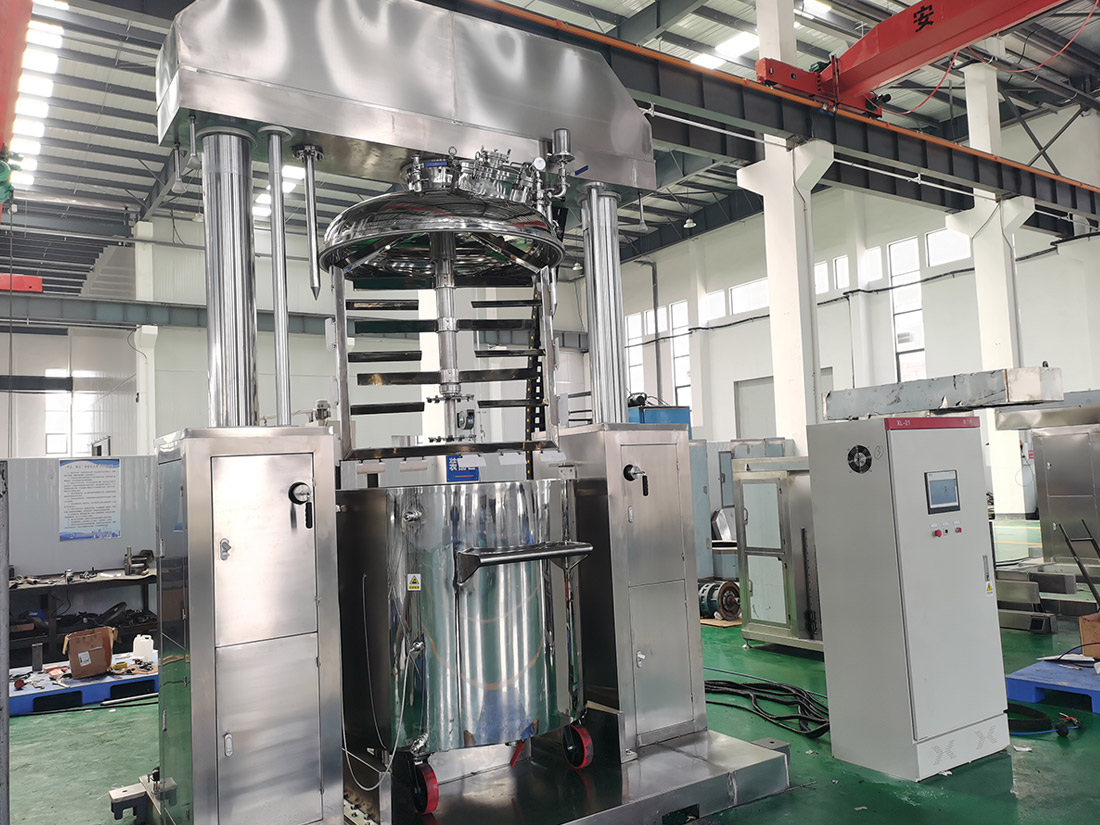
2.The production stage
Equipment upgrade:
From the laboratory to the production stage, it is necessary to choose a vacuum emulsion homogenizer with larger capacity and higher efficiency.
Ensure that the production equipment has sufficient mixing power and speed range to cope with the larger material volume and higher mixing requirements on the production line.
Process amplification:
Adjust the operating conditions of the production equipment according to the optimized process parameters in the laboratory stage.
Special attention is paid to the problems such as increased viscosity and temperature fluctuations that may occur during the emulsification process at the production scale, and corresponding measures are taken to adjust them.
Automation and Monitoring:
Automatic control systems, such as variable frequency speed regulation, liquid level control and weighing system, are introduced in the production line to improve production efficiency and product quality.
Use sensors and monitoring systems to monitor key parameters in the production process in real time, such as temperature, pressure and viscosity, to ensure the stability and controllability of the production process.
Quality control and testing:
Establish a strict quality control system in the production stage, including raw material inspection, production process monitoring and finished product inspection.
Stability testing, centrifugal separation experiments and other quality assessments of finished products are carried out to ensure that products meet quality standards and have good shelf life.
3.Precautions
Equipment selection: When selecting a vacuum emulsion homogenizer, factors such as material properties, production scale and production requirements should be fully considered. Ensure that the selected equipment can meet the production needs and has sufficient stability and durability.
Process adjustment: In the production process, we should pay close attention to the changes in the emulsification process parameters, and make necessary adjustments according to the actual situation. Ensure the emulsification process is stable, controllable and efficient.
Personnel training: Professional training for operators, so that they are familiar with the operation and maintenance methods of equipment. Ensure that the operator can use the vacuum emulsion homogenizer correctly and safely for production.
Maintenance and maintenance: Regular maintenance and maintenance of the equipment, including cleaning, inspection and replacement of worn parts. Ensure equipment is always in good working condition and extend service life.
In the process of expanding from the laboratory to the production scale, the use of vacuum emulsion homogenizer needs to fully consider the problems of equipment selection, process optimization, quality control and automation and monitoring. Through reasonable equipment selection and process adjustment and strict quality control system, we can ensure that the emulsified products have good stability and quality performance in the production stage.
News
- Latest News
- Solutions
- FAQ
Recommend Products
-
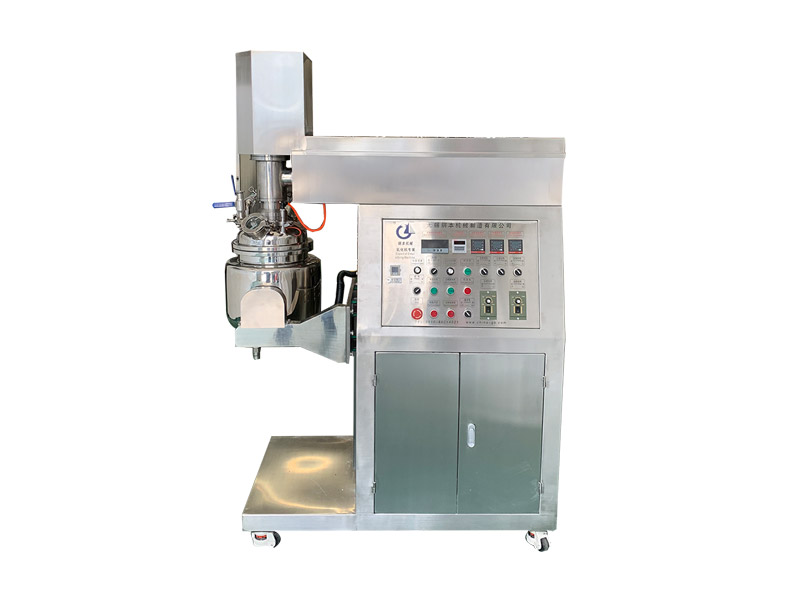 10L Vacuum Emulsifying Mixer
10L Vacuum Emulsifying Mixer10L Vacuum Emulsifying Mixer is a device used for emulsifying and mixing various substances in a vacuum environment. It is commonly used in industries such as food, cosmetics, and pharmaceuticals.
-
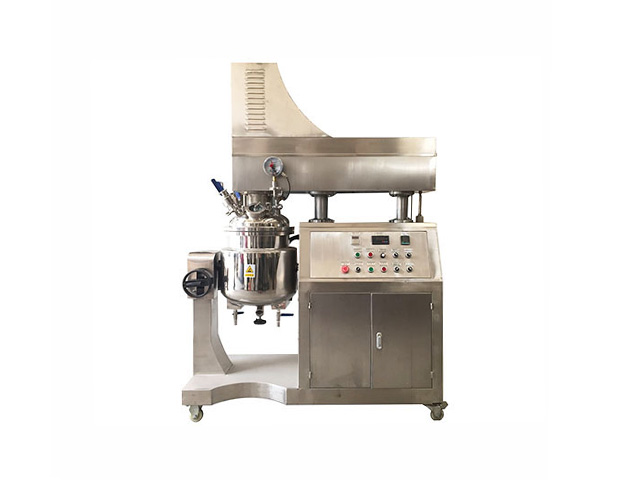 20L Vacuum Emulsifying Mixer
20L Vacuum Emulsifying Mixer20L vacuum emulsifying mixer is a device used for emulsifying and mixing various substances in a vacuum environment. It has a larger capacity and is suitable for handling larger batches of materials.
-
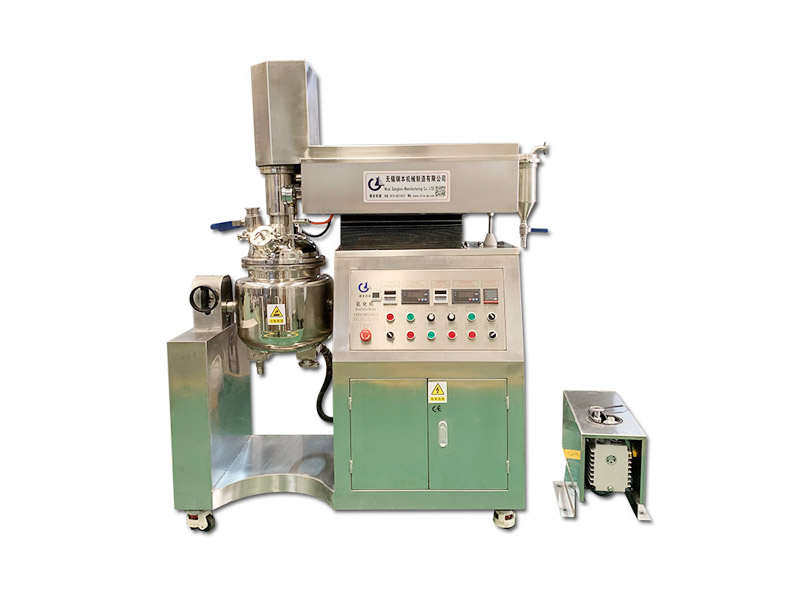 30L Emulsifying Homogenizer Mixer
30L Emulsifying Homogenizer Mixer30L Emulsifying Homogenizer Mixer is a high-speed emulsifying homogenizer mixer that is suitable for various emulsification and homogenization applications. It can be used to mix and emulsify various liquids, such as water, oil, and other liquids, to achieve a stable emulsion.
Recommend Faq
-
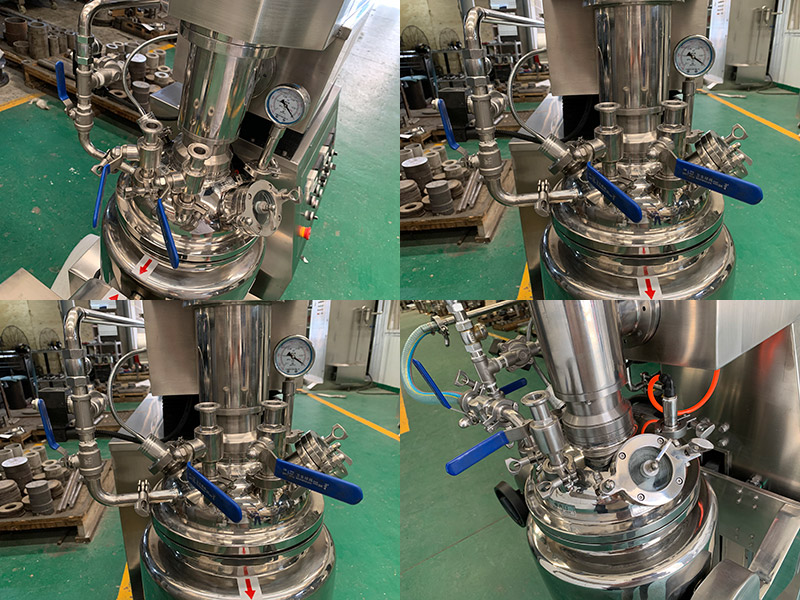 Apr 27,2025
Apr 27,2025Boost Your Production Efficiency with the High-Performance Vacuum Emulsifying Mixer
-
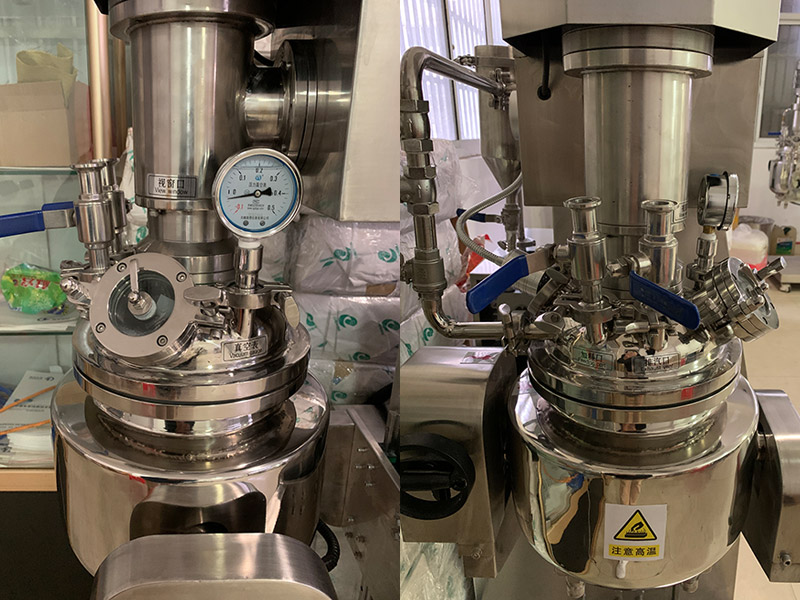 Apr 27,2025
Apr 27,2025Breakthrough Innovation: Vacuum Emulsifier Homogenizer Mixer Enhances Production Efficiency and Quality
-
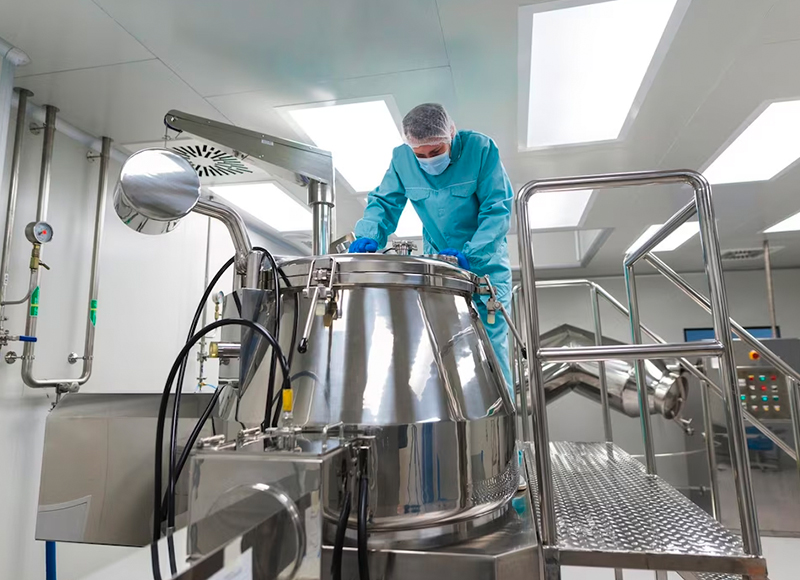 Apr 17,2025
Apr 17,2025The Future is Here: Vacuum Emulsifier Homogenizer Mixer Drives Innovation in Emulsification and Homogenization Technology


 English
English Russian
Russian French
French Spanish
Spanish Portuguese
Portuguese Korean
Korean Japanese
Japanese Thai
Thai


